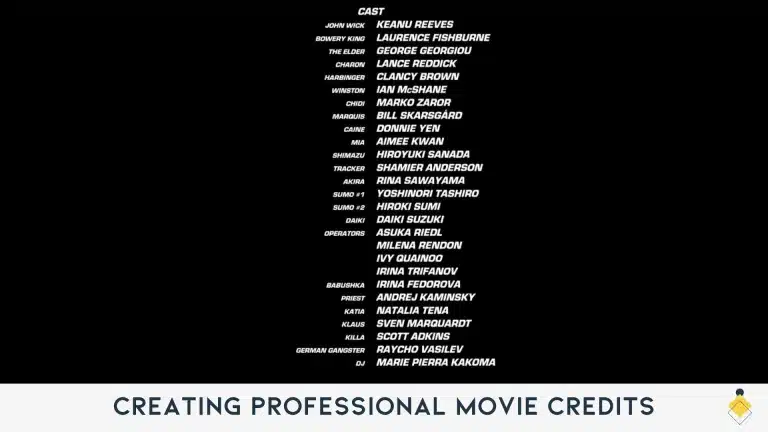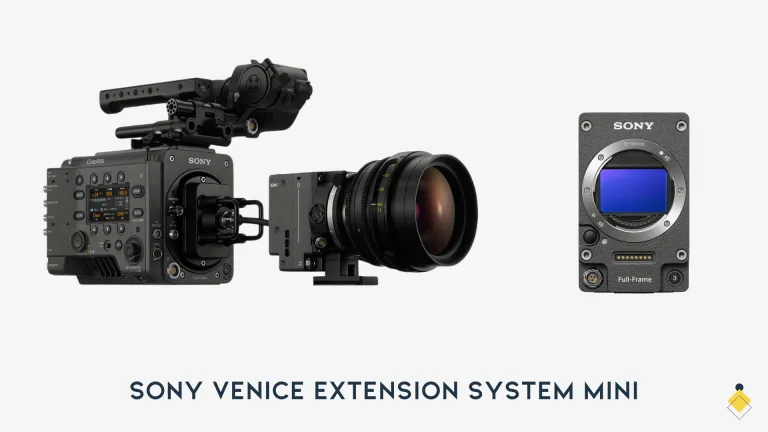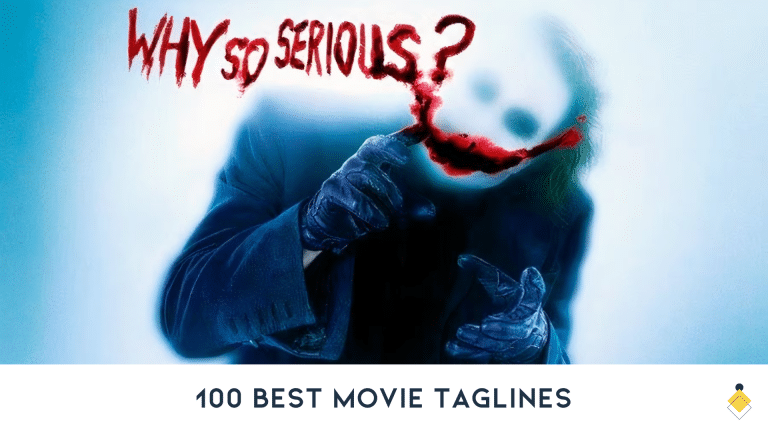The “Dutch angle shot” is a powerful cinematic technique that involves tilting the camera to create a skewed, oblique angle. This simple camera trick can add dramatic intensity, disorientation, unease, and a bold stylistic flair when used effectively.
Filmmakers have been experimenting with Dutch angles, also known as canted or oblique angles, since the early days of German Expressionist cinema. The striking visual style of classics like The Cabinet of Dr. Caligari heavily featured off-kilter camera angles to create disorienting, nightmare-like effects.
In the ensuing decades, the Dutch angle shot has remained an important part of the filmmaker’s toolkit.
Legendary directors like Alfred Hitchcock, Brian De Palma, and Terry Gilliam have all used Dutch angles to ratchet up tension, suggest underlying menace, or simply provide an askew perspective.
But what exactly is the Dutch angle, and how can you use it to enhance your own filmmaking? Let’s take a closer look at this handy cinematic technique.
What Is the Dutch Angle Shot?
The Dutch angle, also known as canted framing or oblique angle, refers to any camera shot in which the camera itself is rotated slightly so that the horizontal frame line is no longer parallel with the bottom of the frame. Instead, the horizon appears tilted.
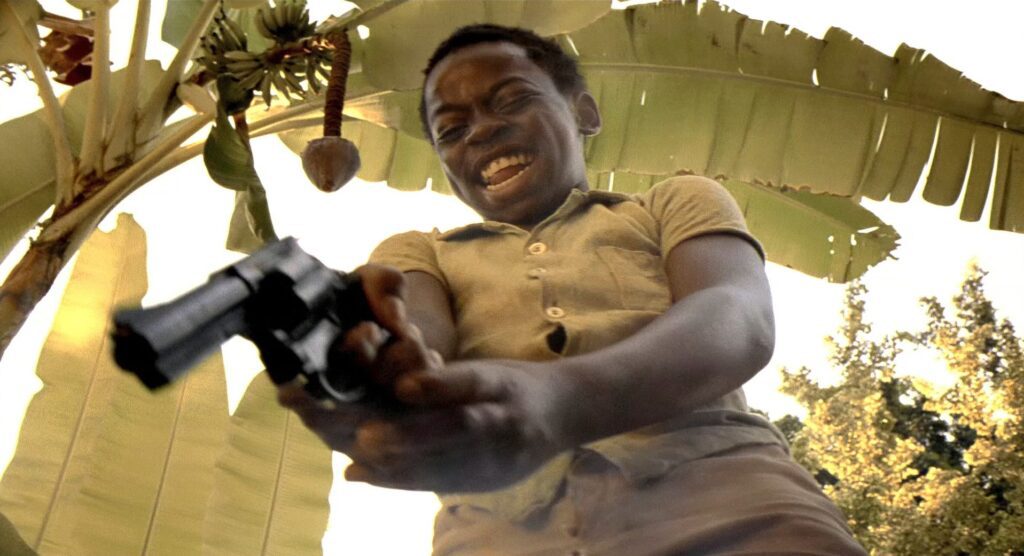
This simple act of tilting the camera a few degrees creates a destabilized perspective. Objects that we’re used to seeing square-on now appear crooked and askance. This visual asymmetry can powerfully accentuate a scene’s off-kilter mood or themes.
The name “Dutch angle” likely derives from the German word “Deutsch,” meaning German. The technique saw heavy use in classic German Expressionist films like those of the 1920s. “Dutch tilt” and “German angle” are also common variations of the name.
Why Use the Dutch Angle Shot?
When used purposefully, the Dutch angle is an excellent cinematic device for filmmakers.

Here are some of the most common reasons to use a dutch angle:
- To create a sense of unease or disorientation – Tilting the camera instantly makes a scene feel slightly “off.” This can suggest that something is not quite right with a character, situation, or setting. A Dutch angle can visually communicate anxiety, dread, confusion, intoxication, or madness.
- To provide an unconventional perspective – Shifting the camera’s alignment nudges the audience to see things from a new vantage point. This can help make familiar subjects and spaces feel alien and provoke curiosity.
- To increase tension – Oblique framing produces innate visual tension. Aspects of the composition clash instead of aligning. This makes scenes seem taut and heightens the suspense.
- For dramatic intensity – Used judiciously, the Dutch angle’s unsettling effect can punctuate important story moments. A sudden Dutch angle can jolt the audience and underscore significance.
- For stylistic flair – Directors like Guillermo Del Toro and Terry Gilliam use Dutch angles to give their films a signature look. When motivated by themes, it can define cinematic worldbuilding.
How to Use the Dutch Angle Effectively
Wielding the Dutch angle effectively requires care and purpose. Used excessively or haphazardly, it can feel like a gimmicky distraction rather than a stylistic enhancement.

Here are some tips:
- Motivate the angle – Dutch angles work best when they’re motivated by a character’s inner state or some contextual element. Don’t use them arbitrarily.
- Use sparingly – A few Dutch angles go a long way. Use them at key moments for maximum impact. Too many scenes tilted at odd angles will lessen the effect.
- Vary the degree of tilt – The greater the tilt, the more dramatic the effect. But slightly tilting the camera can also subtly enrich a shot. Mix up angles.
- Watch your composition – Don’t let important elements get lost at the edges of the tilted frame. Compose to maximize visual impact.
- Transition smoothly – Cutting suddenly to a Dutch angle can jar. Move gracefully by dollying or zooming into the new camera tilt.
- Pair with wide lenses – Wide lenses accentuate the askew perspective. Long telephoto lenses will flatten the tilt effect.
- Combine with other techniques – Use shallow depth of field, off-center framing, low/high angles and lighting to amplify the Dutch.
Let’s look at some examples of effective Dutch angle shots from famous films.
Dutch Angles in Movies: Notable Examples
The Third Man

In Carol Reed’s 1949 noir classic, the eccentric character Harry Lime is introduced via a Dutch angle, immediately signaling his morally off-center nature. Reed also uses the technique during a famed chase through Vienna’s sewers.
The Untouchables
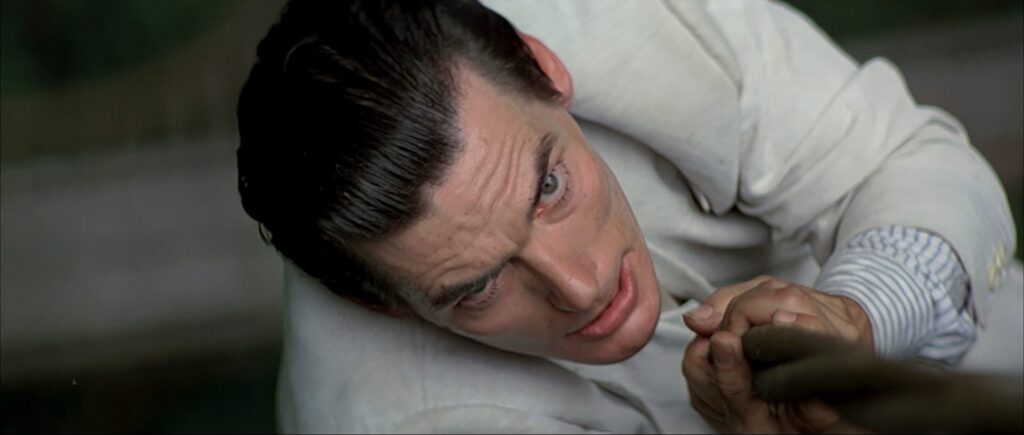
Brian De Palma peppers this 1987 gangster drama with Dutch angles.
The Lord of the Rings
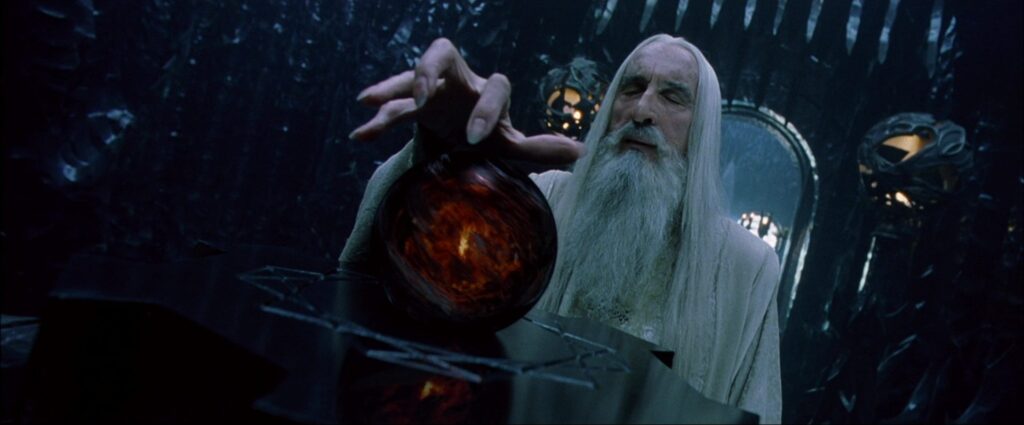
Peter Jackson frequently employed Dutch angles in battle scenes to immerse the audience in disorienting combat.
Thor
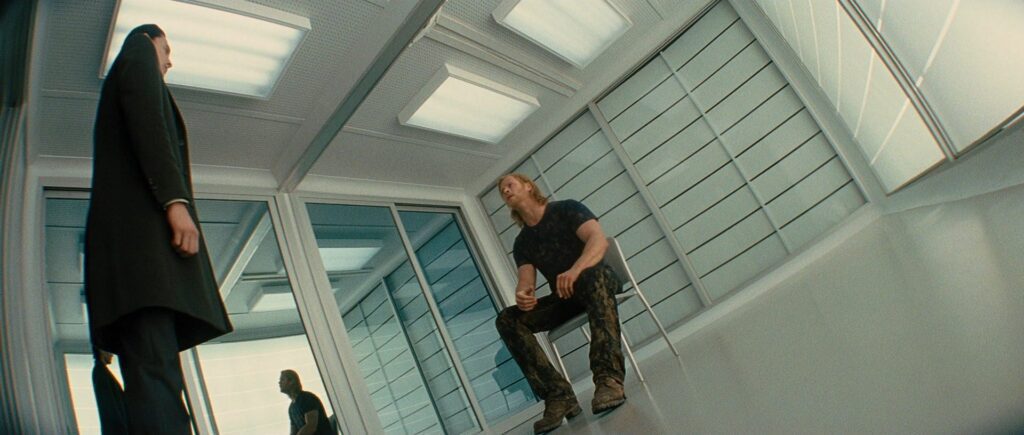
Taika Waititi uses a Dutch angle to demonstrate Loki’s authority in this situation. We perceive that Loki is the one in control in this scene.
Mission: Impossible
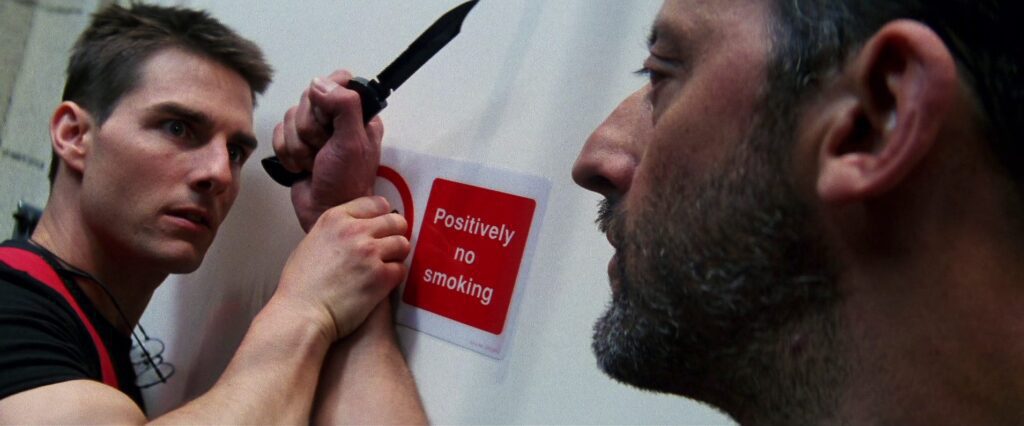
Brian De Palma utilizes Dutch angles throughout this 1996 spy thriller.
Camera Shots: The Many Angles Filmmakers Use
The Dutch angle is just one of many possible camera placements, movements, and perspectives used in cinematic storytelling.
Let’s take a quick look at some other common camera shots:
- Close-up – The camera zoomed in tightly on a subject to expose detail and emotion.
- Long shot – Camera far away to emphasize surroundings and environment.
- Medium shot – Somewhere between a close-up and a long shot.
- Low angle – Camera placed below eye level to make subjects heroic or threatening.
- High angle – Camera aimed down to dwarf or diminish subjects.
- Over-the-shoulder – The camera films over one character’s shoulder onto another character.
- POV shot – We see through a character’s eyes with a first-person perspective.
- Tracking shot – Camera moves alongside a subject to follow key action.
- Tilt shot – Camera swivels vertically up or down while remaining in place.
- Crane shot – The camera soars through the air to create a flying perspective.
- Pan shot – Camera swivels horizontally left or right while in place.
- Aerial shot – An extreme high-angle shot from far above, often from a plane or helicopter.
- Establishing shot – A wide shot at the start of a scene to establish the setting and characters.
Learning when and how to use angles like the Dutch tilt in conjunction with other shots gives filmmakers immense power to sculpt scenes, convey information, and evoke responses from the audience. Mastering the language of camera angles elevates any cinematic storytelling.
In Summary: Wield the Dutch Angle Purposefully
Used skillfully, the Dutch angle or canted angle shot provides an instant visual shortcut to feelings of dread, disorientation, and stylistic attitude. Tilting the camera knocks compositions off-kilter and charges scenes with tense energy.
From German Expressionist cinema to modern blockbusters, films across every genre have embraced the dramatic power of the Dutch angle. But restraint and motivation are key: only cut loose the camera’s horizontal tethers when narrative or thematic elements demand it. Wielded haphazardly, the effect can come across as a gimmick or distraction.
By thoughtfully and sporadically unleashing the Dutch angle, filmmakers can access a bold technique for visual storytelling. A simple camera tilt conveys volumes. Master the motivated Dutch, and you master cinematic shorthand for that which is thrillingly askew.
FAQs: Dutch Angle Shot
Dutch angles are camera shots where the camera is tilted sideways or diagonally so the horizon line is not parallel to the bottom of the frame.
Dutch angles are used to convey unease, disorientation, instability, tension, or a character’s psychological state. The slanted composition creates a sense of things being not quite right.
There are numerous Dutch angle shots in the movie Thor, as it uses them to portray the title character being cast out of his comfortable world into unfamiliar surroundings on Earth. An exact count is difficult, but estimates range from a dozen to over 20 Dutch angles in the film.
To take a Dutch angle shot, tilt the camera so it is rotated on its roll axis, keeping the subject in the frame. This tilts the horizon and angles the vertical lines in the shot. Camera operators can look through the tilted viewfinder to frame the shot.
The term “Dutch angle” originated from German cinematographers in the 1920s who referred to it as “Deutsche” or “German” angle, which was mistranslated into English as “Dutch angle”. The technique was popularized in films like The Cabinet of Dr. Caligari.
While German filmmakers are credited with using these off-kilter camera angles extensively in the 1920s, there is no single credited inventor of the Dutch angle technique. It developed organically through experimentation in the early days of cinematography.



